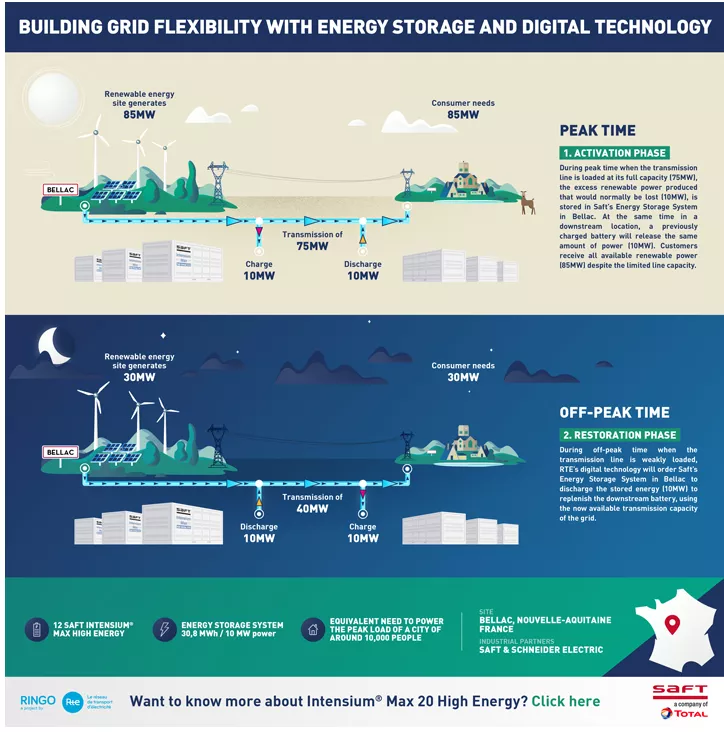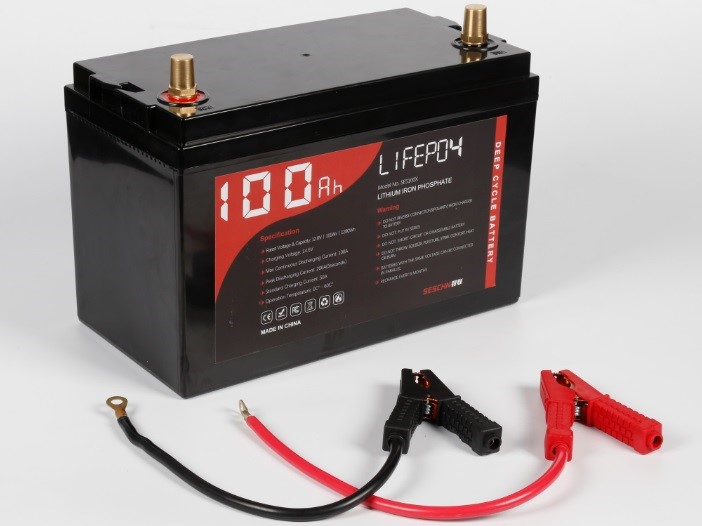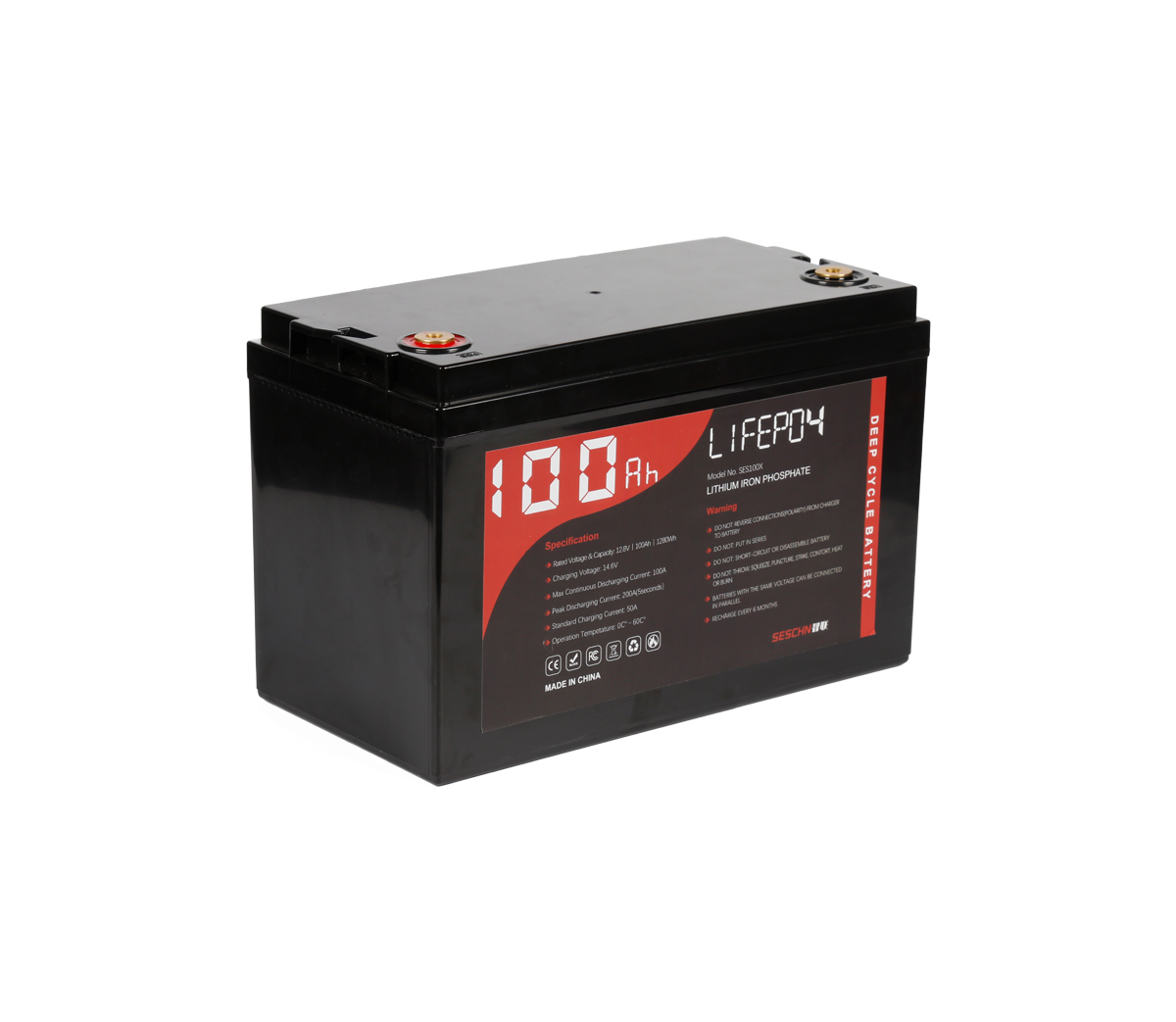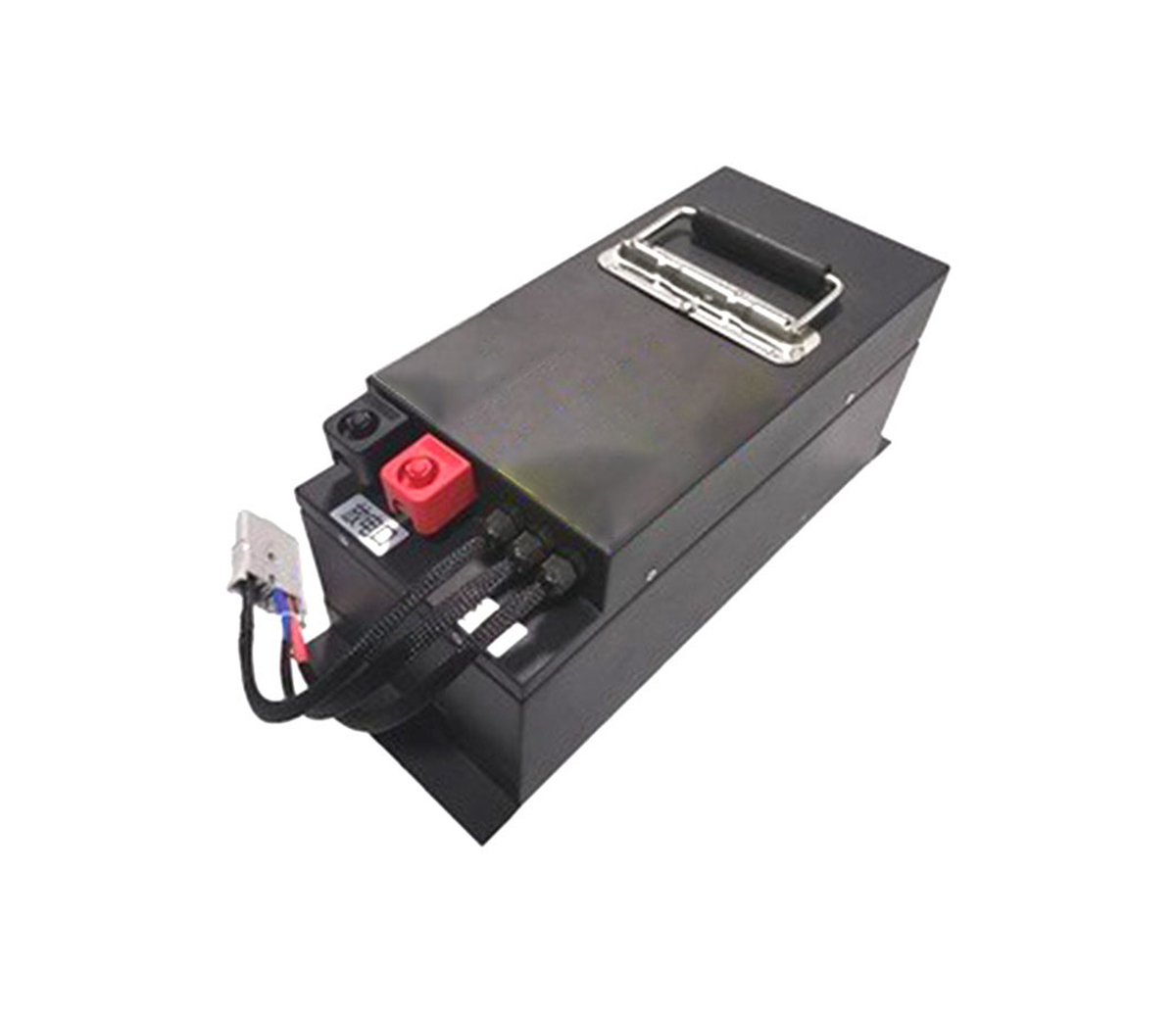Studies have shown that managing the peak capacity of power generation facilities is becoming a major challenge for transmission grid operators. Under normal circumstances, grid operators can manage peak power demand through peak shaving. In this mode, the battery energy storage system will store energy when the electricity is sufficient and the market price is low, and provide electricity when the demand for electricity rises and the price is higher. RTE is a regulated utility company. Their RINGO energy storage project has developed a new concept: Energy storage systems operating across France will store and release energy at the same time.

Lithium-ion battery energy storage system
Saft provides a 2.5MWh containerized lithium-ion battery energy storage system developed by the company, which includes thermal management, safety management and control systems. Saft company started construction in January 2020 and plans to open operations in January 2022.
Its battery energy storage system is installed in a separate 20-foot container. These containerized energy storage systems were assembled and tested at the Saft factory in Bordeaux, France, and will be delivered to the project site for installation.
The 10MW battery energy storage system deployed by Blue Solutions and the 30.2MWh battery energy storage system deployed by ENGIE Solutions are deployed near the Ventavon substation in the Alps region of southeastern France, which also has abundant solar energy. The substation has been put into use in July 2021.
All three companies work in accordance with the specifications provided by RTE, although they have been adjusted according to local conditions.
Store and release energy at the same time
The RINGO energy storage project can alleviate grid congestion after it is put into operation. To illustrate its necessity, take a city with a peak power demand of 130MW as an example. Although this can match the power generation capacity of nearby wind farms, the existing transmission lines have a capacity of only 100MW.
By deploying battery energy storage systems at both ends of the city’s power grid, the downstream battery energy storage system can provide 30MW of electricity to the city during the peak power period. At the same time, after meeting the peak power demand, the upstream battery energy storage system the battery energy storage system located downstream of the city can be charged through the transmission line. However, if the substation network is deployed, RTE can use them flexibly according to the production and demand of renewable energy.
The trend of high power
The first generation of grid-connected energy storage is dominated by frequency modulation, which requires the battery energy storage system to act quickly to inject and absorb energy to help the grid maintain a stable frequency within a strictly limited range. It requires a battery energy storage system that provides a large amount of power in a short period of time (usually a few seconds). This creates a "small and frequent" charge and discharge mode, which can use energy storage systems to maintain a longer working life, because the working life of the battery is closely related to the depth of discharge (DOD) and the number of charges and discharges.
However, the RINGO energy storage project and other energy storage systems require higher energy storage capacity and longer continuous discharge time. The most energy-consuming application is peak shaving. Battery energy storage systems store excess power provided by solar power generation facilities during the day and provide power during peak demand in the evening and morning.
Handling multiple use cases
Since the depth of discharge (DOD) is an important consideration for battery aging, Saft has designed the battery energy storage system to have a variable depth of discharge (DOD) from a few percent to 70% of its capacity in a single charge and discharge cycle.
RTE will transfer the right to use the battery energy storage system to third-party investors, who will use the battery energy storage system to provide services such as frequency regulation, grid balancing, and energy arbitrage.
The battery energy storage system is flexible enough to deal with a variety of situations, including multiple charging and discharging in a day. It can also provide a fast transition from charging to discharging, which is essential for frequency response.
Flexible architecture
Another aspect of the flexibility of the battery energy storage system is that RTE can be deployed at other sites. It is designed into three branches and consists of three transformers. Each transformer is powered by two power converters and four containerized battery energy storage systems.
Each branch is the same, with the same battery, battery management system, thermal management and safety system installed in the container. In theory, the battery energy storage system can be placed on a truck and moved to another site.
Control system is the key to scale up
Essentially, grid operators can use containerized battery energy storage systems as a module to create large-scale battery energy storage systems with an installed capacity of up to 100MW. However, they need complex control systems to ensure optimal charging and balance.
This requires ensuring that all battery packs remain at the same state of charge (SOC) and that they do not experience "SOC drift", which is a term that describes the difference between the actual SOC and the SOC recorded by the control system.
To this end, Saft has introduced a new CUBE control system, which can manage up to 52 parallel battery packs to supply power to a single power converter. Even if it is connected to multiple containerized battery energy storage systems, the power converter treats them as one battery energy storage system. The control system can also allow the operator to isolate a single containerized battery energy storage system for maintenance, while other containerized battery energy storage systems operate normally, which improves the redundancy and availability of the energy storage system.

Lithium-ion battery (LIB) has become the main energy storage solution in modern social life. Among them, lithium iron phosphate batteries are a perfect substitute for lead-acid batteries, and are the first choice for grid-connected peak shaving, off-grid energy storage, photovoltaic energy storage, UPS, data center and other industries.
Solar power generation system with lithium battery energy storage system is a very promising clean energy.




































